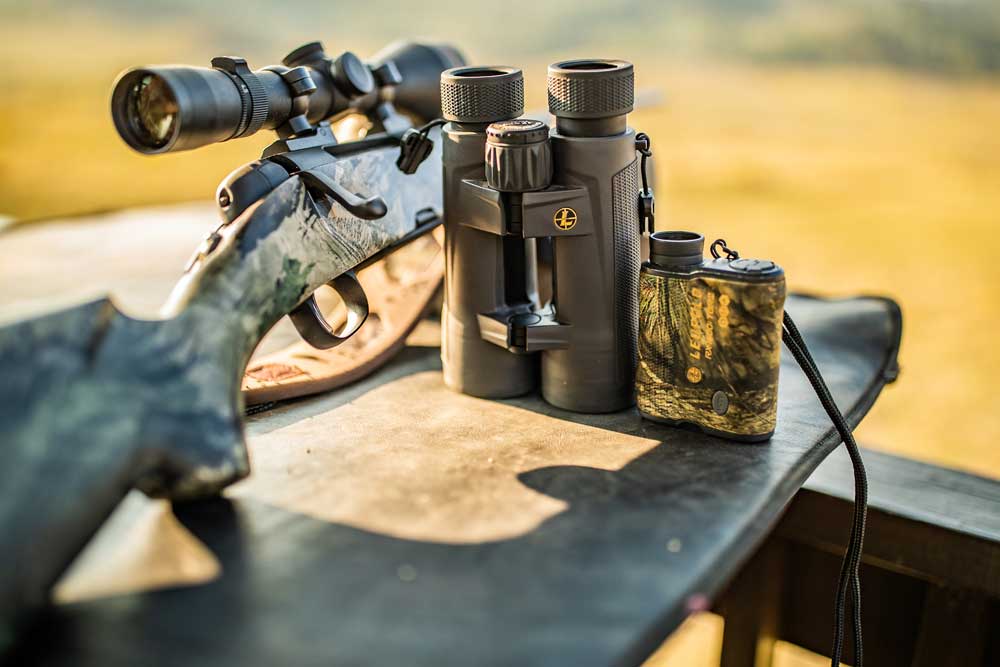Take care of your glass and it will take care of you.
Bob Humphrey
The moment of truth finally arrives. The hit list buck you have been after all season is a little tardy heading to bed and shows up in your shooting lane during the dim light of dawn. You raise your rifle, lower your head onto the stock and see a horrifying sight. Rather than a sharp picture of your intended target, you are struggling to see through a screen of dirt and condensation. Before you can react, the buck is gone. That is just one of the maladies you might encounter if you do not take proper care of your optics. The following are a few tips on how to ensure your glass will be ready when it is needed.

Tighten Up
Something you should definitely do before and after each season and probably from time to time during the season is to check all fastenings for tightness. Once they start, screws in your rings and/or bases will continue to loosen until they no longer hold the optic firmly in place. Symptoms may be subtle at first, like a clean miss on a chip shot, or a gun that will not group. Catch it before that happens and you will not have to re-sight in mid-season, possibly lose a day in the field or make a bad shot.
Keep it Clean
Keep your glass clean, and do it right. The term “light-gathering ability” is a bit misleading. Optics cannot gather any more light than is available. They merely allow it to pass through the lenses. And the cleaner the lenses, the more light passes through.
The first step is determining when to clean. A little dust probably will not hurt, but if there is enough to obstruct your view, especially in low light, it is time to clean. Over time, even fine dirt and dust will attract and hold more of the same exacerbating the problem, and they may cause condensation to build up rather than beading and rolling off.
How you clean your lenses is also important. Start by removing as much as you can with compressed air an/or a soft lens brush. Next, apply a gentle rinse. Water is the safest liquid to use, but eyeglass cleaner or 90-plus-percent isopropyl alcohol works well too, and dries faster.

If, and only if needed, you can then wipe the lenses with a microfiber lens cloth or lens paper, designed specifically for that purpose. Other fabrics like your shirttail or handkerchief, or materials like tissues or paper towels will trap dirt and may contain fibers that can scratch your lenses. Even the right wipes can cause damage if the glass is not cleaned before wiping. Wipe in a continuous, circular motion. While you are at it, you should clean off dirt and dust from the body and moving parts of your binoculars and scopes that might otherwise impede things like focus and zoom functions.
Preventive Maintenance
An ounce of prevention is worth a pound of cure. Keeping lens covers on when optics are not in use, or are being transported can significantly reduce the need for any and all of the above. You may even consider coating your lenses with an anti-fog solution so moisture beads and rolls off rather than building up on the glass. Keeping guns and binoculars cased while transporting is also a good idea to prevent dirt and damage.




























